Starting in 1905, the Improved Benevolent and Protective Order of Elks of the World, also called the Black Elks, met in North Omaha. They were determined to help foster positive social connections, build community and foster growth within Omaha’s African American community.

More than a century later, the Iroquois Lodge 92 has continued and expanded on their vision. This is a short history of a once-secret society that history shows has been absolutely vital in the history of North Omaha.
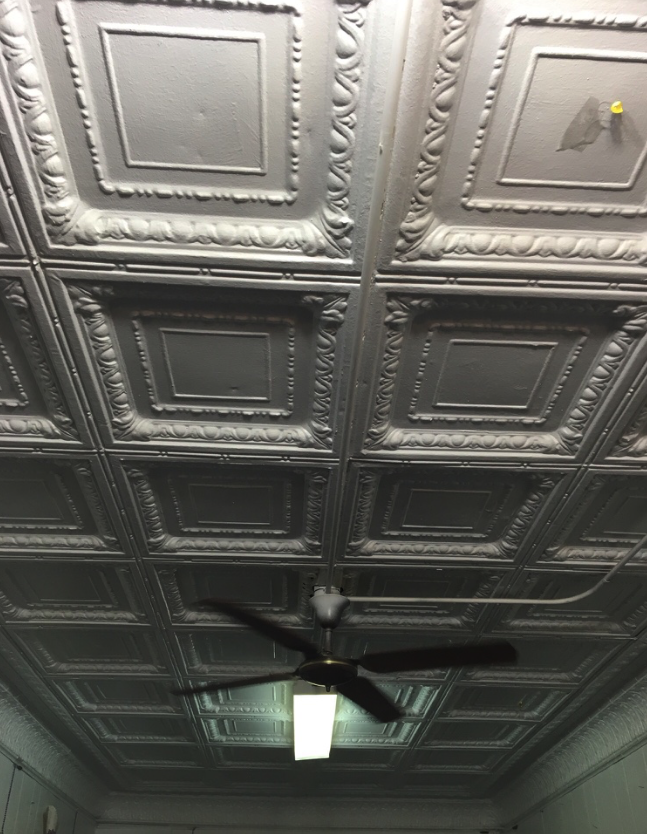


In June 2016 I had the privilege of touring North Omaha’s Elks Hall at 2420 Lake Street. Special thanks go to Linda Williams for arranging the tour and Ron Jefferson for showing me around the building and sharing the pictures here. Following is a short history of North Omaha’s historic Elks Hall, and the African American fraternal organizations Elks Iroquois Lodge #92, Cherokee Temple #223, and South Terrace Temple #1353. Please share any information in the comments section below!
Background for Omaha’s “Black Elks”
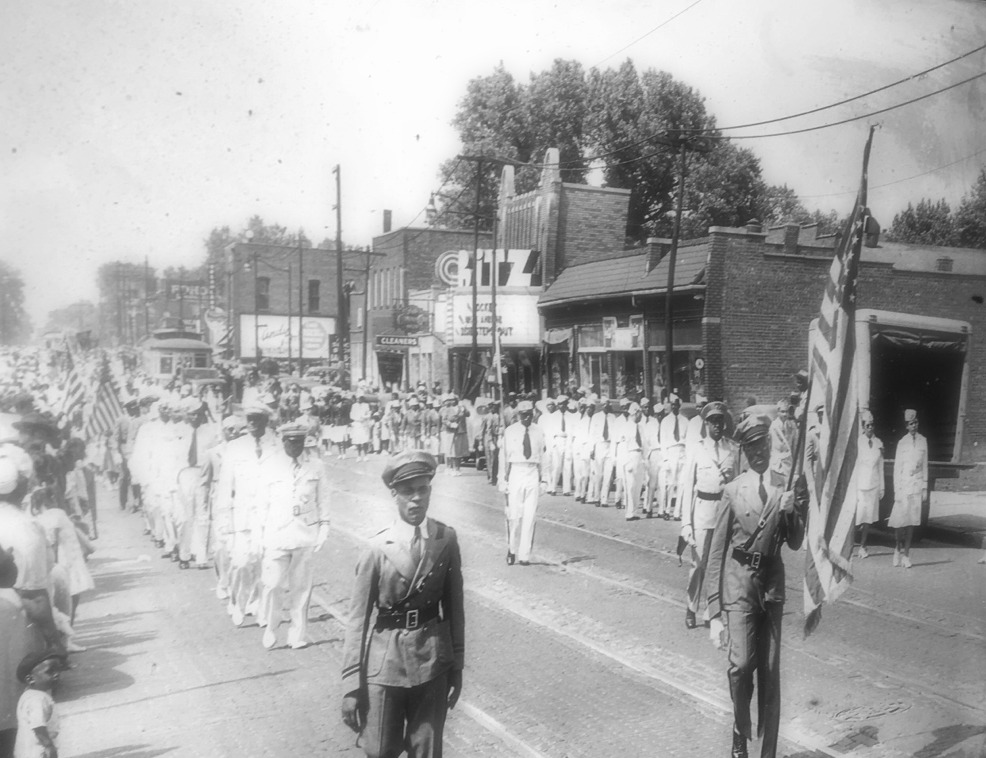
In 1897, the first group of Black Elks met in Cincinnati as the “Improved Benevolent Protective Order of Elks of the World.” Excluded from joining the Elks because of their race, founders B. F. Howard and Arthur Riggs started their own group modeled after the original. A year later, they copyrighted their ritual, which has remained almost entirely the same since then. The organization is informally called the “Black Elks.”
In the decade before Elks Iroquois Lodge 92 was founded, the African American community in Omaha made strides towards success. In 1895, an African American female journalist named Ella Mahammitt became a weekly writer with a local Black newspaper called The Enterprise, and she became vice-president of the National Federation of Afro-American Women, which was headed by Margaret James Murray, who was the wife of Booker T. Washington. That year, Millard Singleton was named the first-ever African American Justice of the Peace in the Eighth Ward in Omaha.

The next year, an African American leader in North Omaha named George Franklin held the positions of Douglas County Assessor and City of Omaha Inspector of Weights and Measures at the same time. An African American leader named Ophelia Clenlans was appointed to the executive board of the National Federation of Afro-American Women, while Ella Mahammitt became a committee member of the National Association of Colored Women in 1897.

In 1898, African Americans held important roles at the Trans-Mississippi Exposition in North Omaha. Various meetings of national black organizations took place during the exposition, including the National Congress of Representatives of White and Colored Americans and the National Colored Press Association. That same year, African Americans in Omaha gathered to call for federal action to stop lynchings and violence in the South. Eula Overall began her five year career as the second ever African American teacher in Omaha Public Schools. Omaha’s Edwin Overall was elected General Statistician at the annual meeting of the National Federation of Colored Labor of the United States.

In 1901, Omaha’s Thomas Mahammitt, publisher of The Enterprise, joins the executive committee of the Western Negro Press Association. The next year, in 1902, Clarence Wigington, Omaha’s first African American architect, began his career. He designed at least a dozen buildings in Omaha, including the Broomfield Rowhouse, Zion Baptist Church, and the second St. John’s African Methodist Episcopal Church building, among others. In 1905, The Enterprise was so strong that the newspaper rallied against an Omaha City Council candidate who wished to exclude the sale of certain property to blacks in Omaha.
That same year, the Black Elks started their lodge in Omaha, and by 1920, The Monitor, another African American newspaper in Omaha, claimed the lodge was the largest in the western U.S.
Building Segregation in Omaha

Omaha was deeply segregated when the home of the Elks Club was built in 1919. Starting as the Columbia Hall, the city only allowed the building to be constructed with the rule that it be for Blacks only, because the City of Omaha wanted to maintain and enforce Jim Crow practices.
Opened as a social hall for North Omaha’s African American community for a decade the Columbia Hall hosted political rallies and was home to the Omaha Colored Commercial Club, which served an as employment bureau that helped hundreds of African American workers get jobs in their new city. Originally operating as a “colored branch” of the Omaha Community Service organization, the Columbia Hall was referred to as a “community center” for many years. Activities included holiday celebrations like the 1919 Christmas Party, which featured “the first community Christmas tree ever decorated for the colored children of Omaha.” William C. Moten, a “community organizer,” arranged the event. Mayor Ed Smith arranged for lighting for the tree, Brandies donated the candy, the Burgess-Nash store donated decorations, and the Trimble brothers gave the tree. H. Handler built the structure, and Percy McCaw was the first hall operator there. However, McCaw’s work was slow and Handler caused a small media sensation by releasing his contract for not paying enough rent.
In 1920, the building was “under new management” and included a soda room in the front. Frank Blackwell won a permanent dance hall permit for the building from the City of Omaha, again on the stipulation that only Black people be allowed in, and “under new management” it included a soda room in one of the the front storefronts. From the time they organized after WWI, the segregated Teddy Roosevelt American Legion Post #30 met at the Columbia Hall for a decade before getting their own facility. Some of the other groups that met there included the Douglas County Colored Republican League and the Douglas County Colored Women’s Republican Club. The Omaha Colored Commercial Club acted as an employment agency from the building, connecting African American workers with employers around the city and acting as a promotional agency for Black-owned businesses in Omaha. They kept one of the store front spaces in the building. Omaha’s Prince Hall Masons held events at the building during this era, too, since it was bigger than their original lodge at North 22nd and Cuming Street.

During the 1920s, every African American political candidate in Omaha held events at the Columbia Hall. White candidates for major political offices regularly spoke at the hall, too, to appeal to Black voters. There were panels and rallies and more held there throughout the 1920s. The place was included in a “colored boxing” circuit that ran through the Midwest, too, with many prize fighters defending their titles there. Omaha’s Colored Amateur Baseball League was organized in the hall, and held parades and meetings there often.
In 1928, the American Legion bought the building to convert it into a Black community center. They planned to convert the main dance floor into a gymnasium that could be used as an auditorium with 700 seats. They would keep the employment bureau model going, hold “business men gym classes,” and act as the headquarters of several organizations. That year, former president Teddy Roosevelt spoke to the American Legion at Columbia Hall. He was hosted there by Dr. John A. Singleton and Dr. Aaron McMillan, both African American politicians and recognized community leaders.
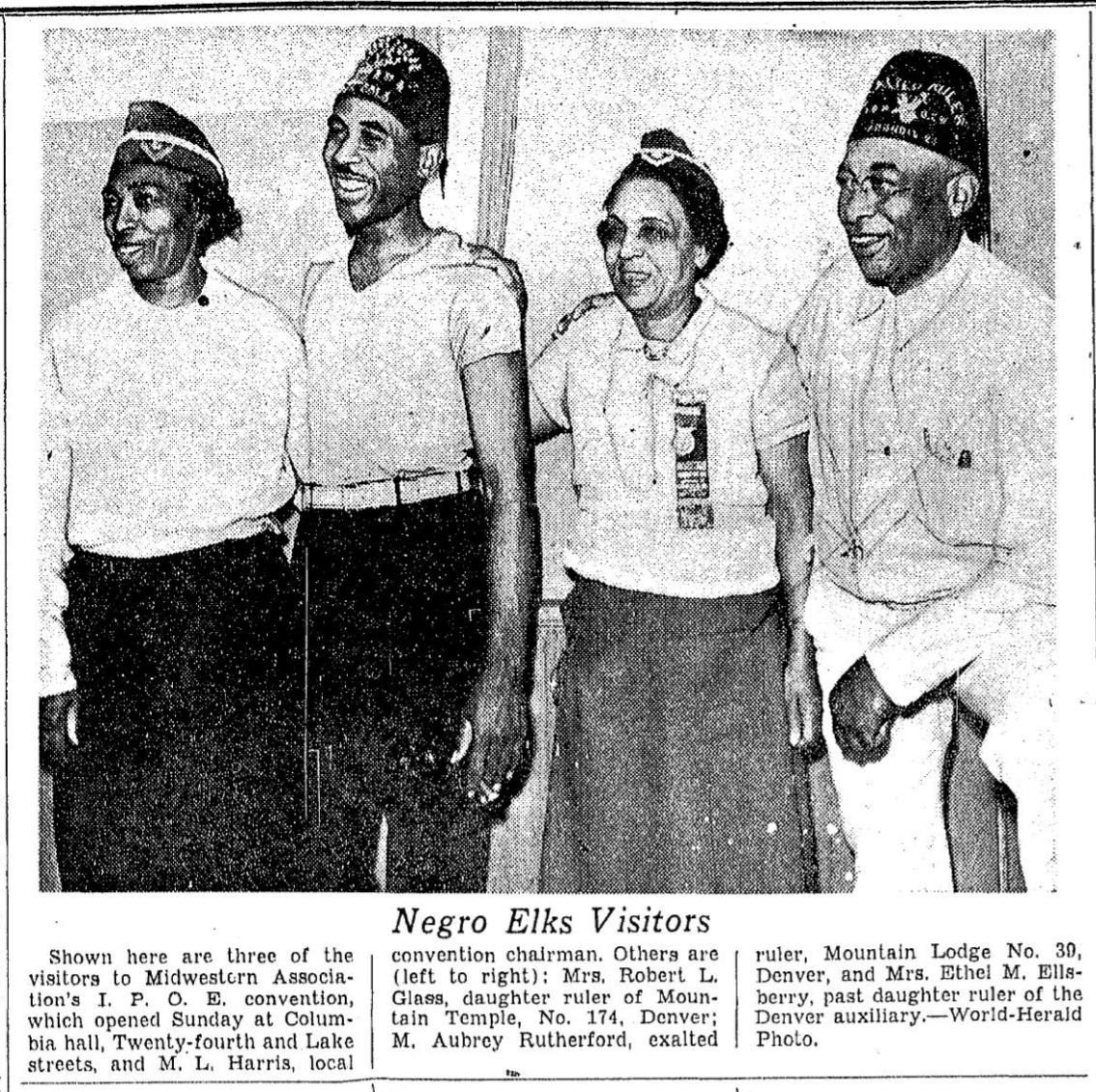
The Black Elks started meeting there in 1929. They’d been meeting in North Omaha since they started in 1905 and wanted a permanent home. By 1939, Lodge 92 hosted a major regional Elks conference in Omaha. More than 6,000 Elks from seven Midwestern states came, and every major venue in North Omaha was filled for a week.
The Iroquois Lodge No. 92 of the IBPOE bought the Columbia Hall in November 1942. Club rooms, a barber shop, and lodge rooms made it an important place, along with 300 members claiming work of all kinds for the city’s Black community. They declared the place would provide a very active entertainment venue for the community, and have continued operating it since.
The Iroquois Lodge 92 also has an officially recognized women’s auxiliary unit called the Daughters of the Improved Benevolent Protective Order of Elks of the World. Their units are called temples, and there are two at the Elks Hall in North Omaha. The Cherokee Temple 223 has been operating since the beginning of the Iroquois Lodge, and the South Terrace Temple 1353 is much newer.
The lodge founded a Civil Liberties department in 1926. There are several other departments too, including an education department that is still active.

In 1964, the iconic Omaha native Malcolm X spoke at the Elks Hall, with the Omaha World-Herald reporting that he demonstrated “considerable tolerance toward other Negro rights groups.” Today, the Elks Hall continues to host rallies, dances, fundraising meals, and other events. Throughout the years, the Elks have been standard bearers in local parades, too, with a marching band, color guard and drum corps active in throughout the decades.
James Finley Wilson served as Grand Exalted Ruler of the Black Elks for thirty years. A lawyer and banker named Charles Davis was a leader of the Elks in the 1950s and 1960s. In 1976, the Iroquois Lodge proposed building a new facility along North 24th Street. Intended to spur development by bringing Omaha’s Black community together for social and political activities again, the building project was abandoned within the next year.
The Elks Club Today
Ronald Jefferson has been a leader in the Black Elks for at least 25 years.

Over the years, the blond-brick building on Lake Street has continued to be a cornerstone of North Omaha’s social life. For decades, the Elks hosted rallies, dances and speaking contests. For several decades its one of the main locations to for Native Omahan Days. The club’s band continues to perform at funerals and parades.
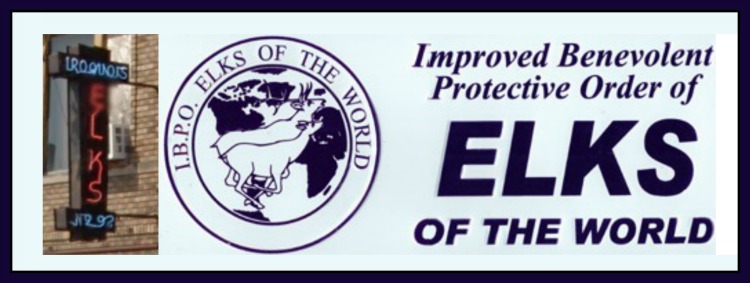
Today, the Elks sponsor scholarship programs, youth activities, help for families, and community service activities. Every year they touch thousands of lives with social activities, fundraising meals, and community building for North Omaha.
The building was included in the 24th and Lake Historic District, which is listed on the National Register of Historic Places. However, it has not been declared an Omaha Landmark or been otherwise recognized for its historic, important, and essential place in the history of Omaha.
You Might Like…
- History of Social Clubs and Social Halls in North Omaha
- A History of the Druid Hall in North Omaha by Karen Clopton
- A Tour of the 24th and Lake Historic District
MY ARTICLES ABOUT CIVIL RIGHTS IN OMAHA
General: History of Racism | Timeline of Racism
Events: Juneteenth | Malcolm X Day | Congress of White and Colored Americans | George Smith Lynching | Will Brown Lynching | North Omaha Riots | Vivian Strong Murder | Jack Johnson Riot
Issues: African American Firsts in Omaha | Police Brutality | North Omaha African American Legislators | North Omaha Community Leaders | Segregated Schools | Segregated Hospitals | Segregated Hotels | Segregated Sports | Segregated Businesses | Segregated Churches | Redlining | African American Police | African American Firefighters | Lead Poisoning
People: Rev. Dr. John Albert Williams | Edwin Overall | Harrison J. Pinkett | Vic Walker | Joseph Carr | Rev. Russel Taylor | Dr. Craig Morris | Mildred Brown | Dr. John Singleton | Ernie Chambers | Malcolm X
Organizations: Omaha Colored Commercial Club | Omaha NAACP | Omaha Urban League | 4CL (Citizens Coordinating Committee for Civil Rights) | DePorres Club | Omaha Black Panthers | City Interracial Committee | Providence Hospital | American Legion | Elks Club | Prince Hall Masons | BANTU
Related: Black History | African American Firsts | A Time for Burning | Omaha KKK | Committee of 5,000
Elsewhere Online
- North Omaha Elks Club official Facebook page
- “Community holds fundraisers for 5-year-old shooting victim,” KETV, January 17, 2014
BONUS IMAGES
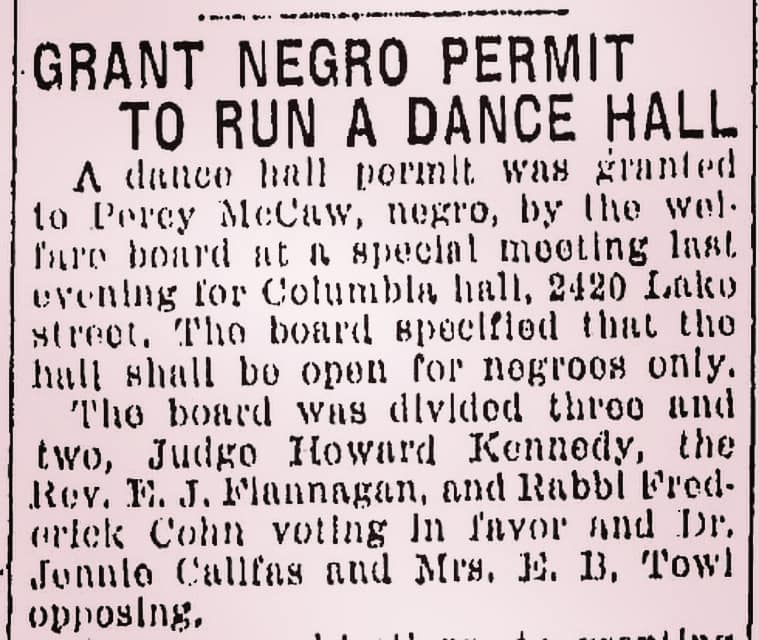
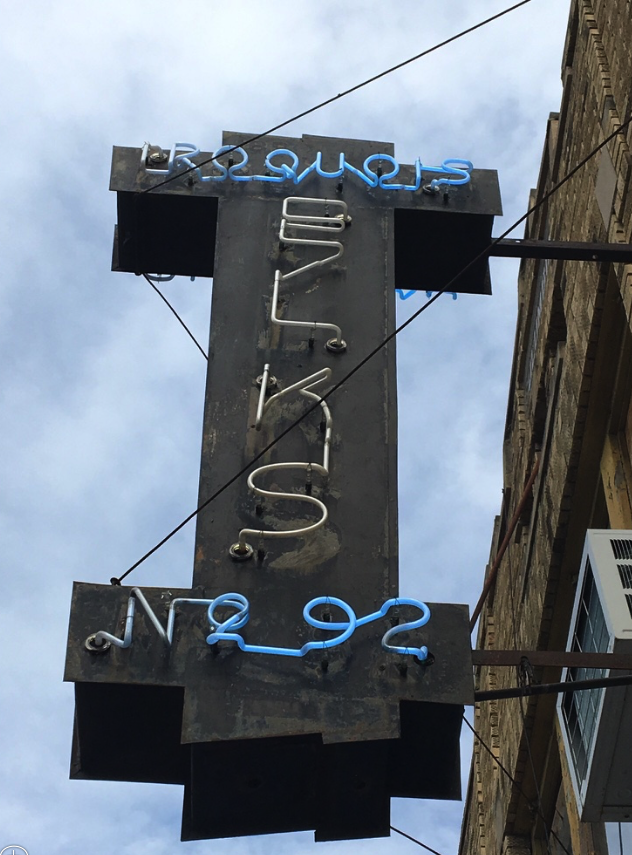
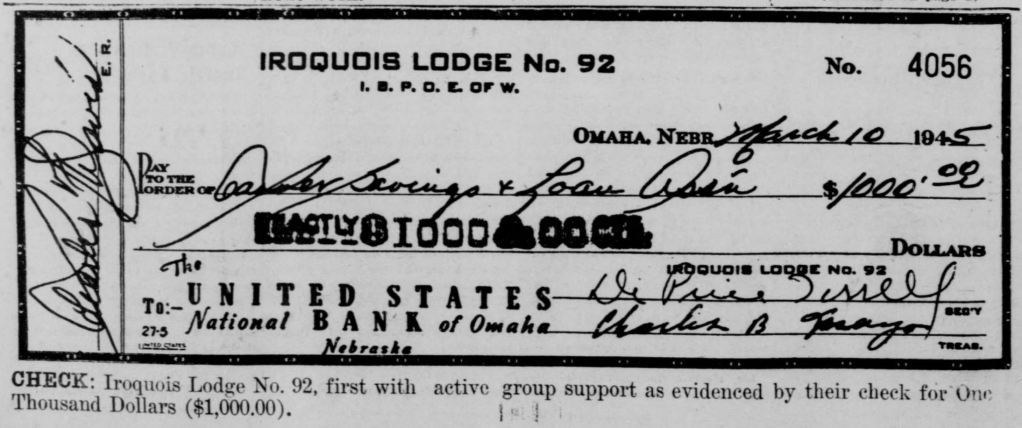
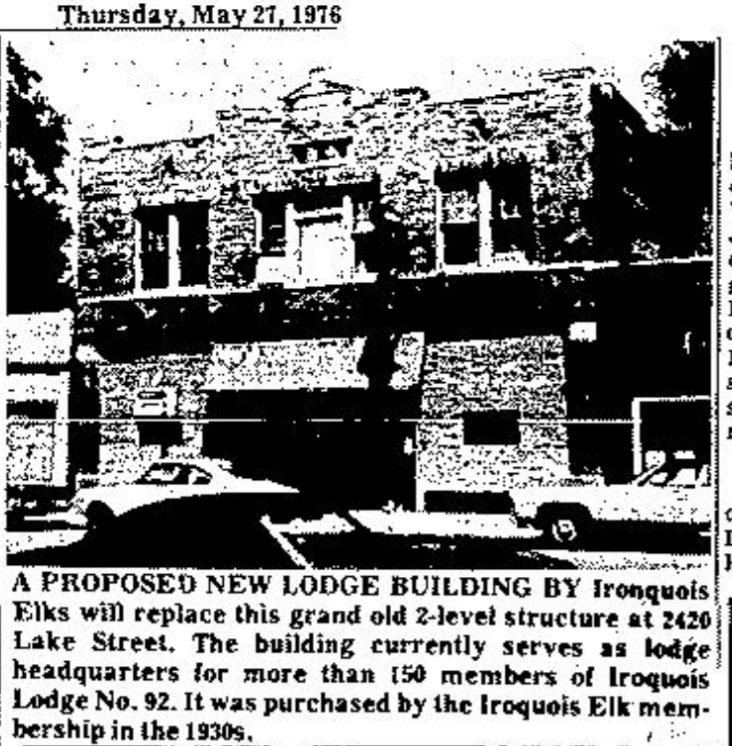
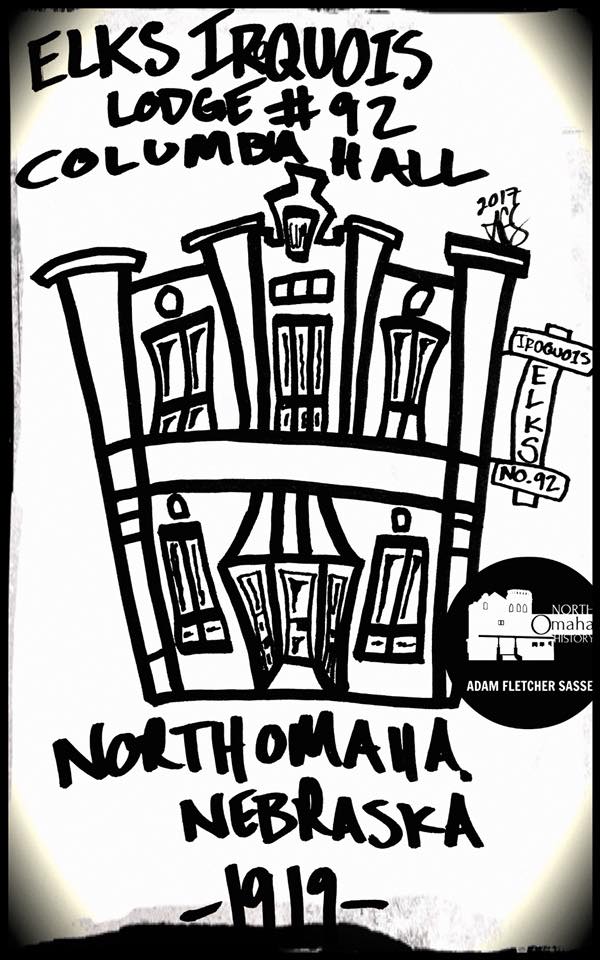


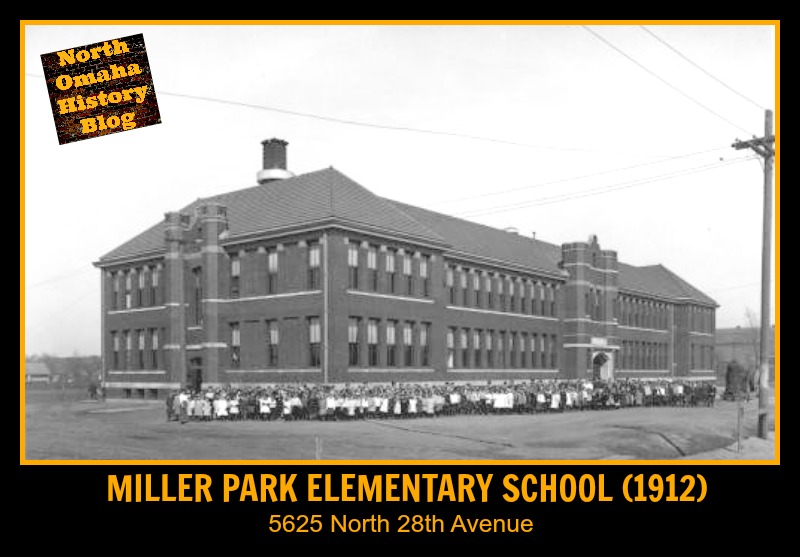



Leave a comment